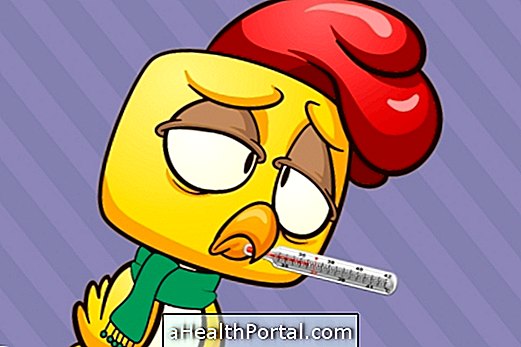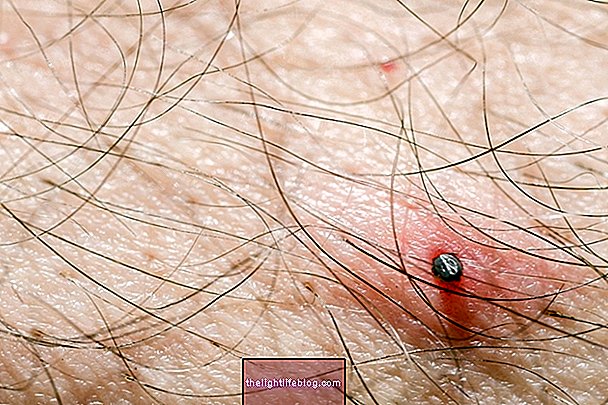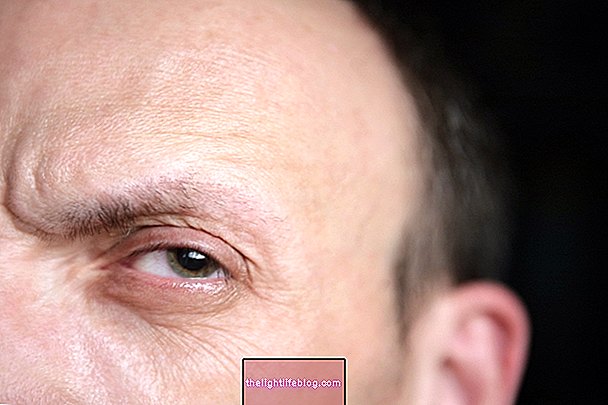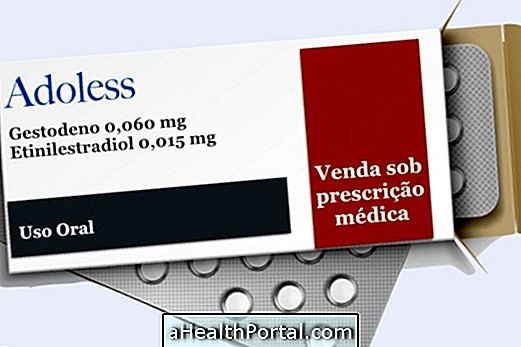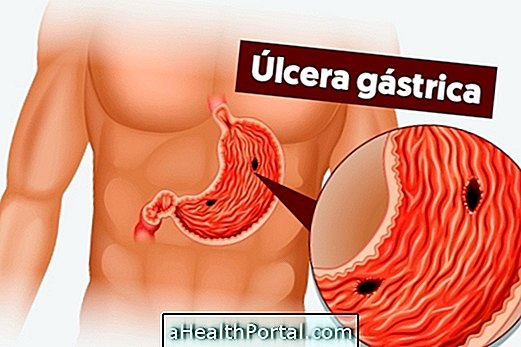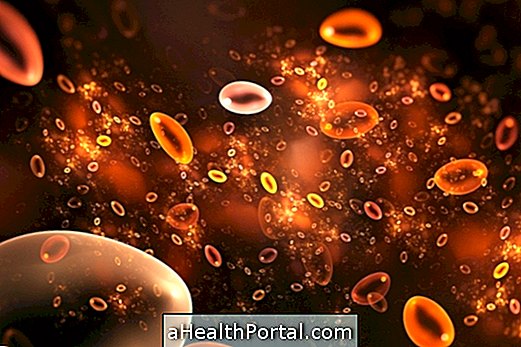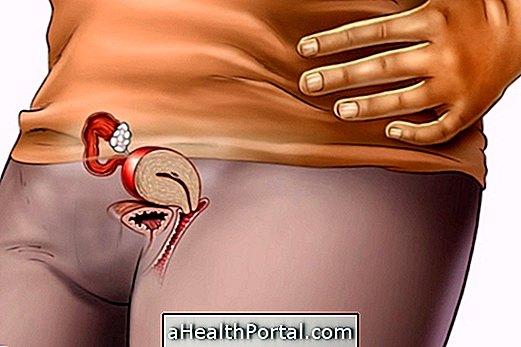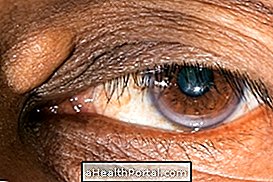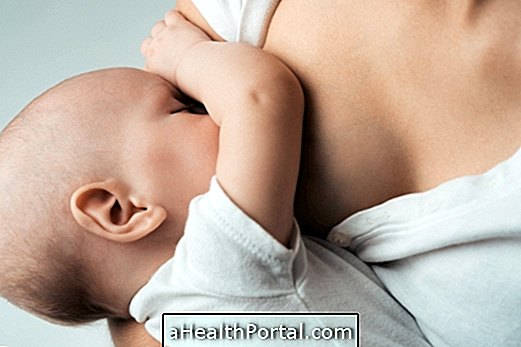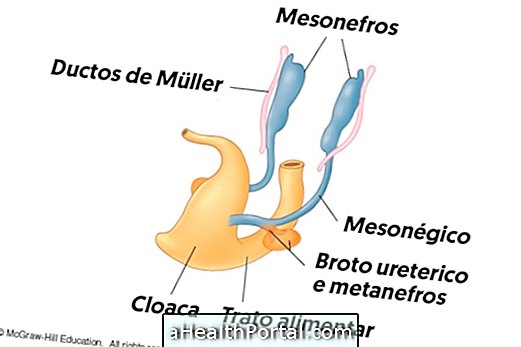There is no specific treatment for rubella and therefore the virus needs to be eliminated naturally by the body. However, it is possible to use some remedies to relieve the symptoms while recovering.
Some of the most commonly used remedies include:
- Fever medicines such as Acetaminophen, Acetaminophen, or Ibuprofen help to lower body temperature and relieve headache;
- Antibiotics such as Amoxicillin, Neomycin, or Ciprofloxacin are not always needed but may be indicated if rubella associated infections such as pneumonia or ear infection occur.
These medicines should always be directed by a pediatrician, in the case of the child, or by a general practitioner, in the case of the adult, since it is necessary to adjust the doses, especially in the case of children.

How to take vitamin A for rubella
The World Health Organization also recommends supplementation with vitamin A in children during a rubella crisis, as this vitamin helps to decrease the severity of the symptoms and prevents the onset of complications of the disease.
The recommended doses vary according to the age:
| Age | Indicated dose |
| Up to 6 months old | 50, 000 IU |
| Between 6 and 11 months | 100, 000 IU |
| 12 months or more | 200, 000 IU |
How to recover faster
In addition to medicines, some care may also help relieve discomfort during treatment, such as:
- Drink at least 2 liters of water per day;
- Keep the home at home, avoiding going to work or in public places;
- Use a humidifier in the room to facilitate breathing, or place a bowl with warm water in the room;
Some people may also experience discomfort and a lot of redness in their eyes. In such cases, avoid exposure to direct sunlight, avoid being too long in front of the television, and apply cold compresses over the eyes.
Possible complications of rubella
Although rubella is a mild disease in children and adults, it can bring complications to pregnant women, such as arthritis in the fingers, wrists and knees, which usually lasts about 1 month. In newborns, the disease can also cause problems such as:
- Deafness;
- Mental disability;
- Heart problems, in the lungs, in the liver or in the bone marrow;
- Cataract;
- Delays in growth;
- Type 1 diabetes;
- Thyroid problems.
It is important to remember that the rubella consequences for babies are worse when the woman is infected by the disease until the 10th week of gestation, reducing the risk of problems when the disease appears after the 20th week. See the changes that can happen to the baby if the mother is affected during pregnancy.
How to prevent rubella
To prevent rubella, keep the vaccination up to date and avoid contact with infected persons. Babies take a rubella vaccine in the first year of life, and then the booster dose is given between the ages of 10 and 19.
Women who plan to become pregnant should ask the doctor to do the immunity test against rubella, and if they are not immune they should take the vaccine, noting that it is necessary to wait at least 1 month after the vaccine to get pregnant, and that this vaccine does not must be taken during pregnancy.


